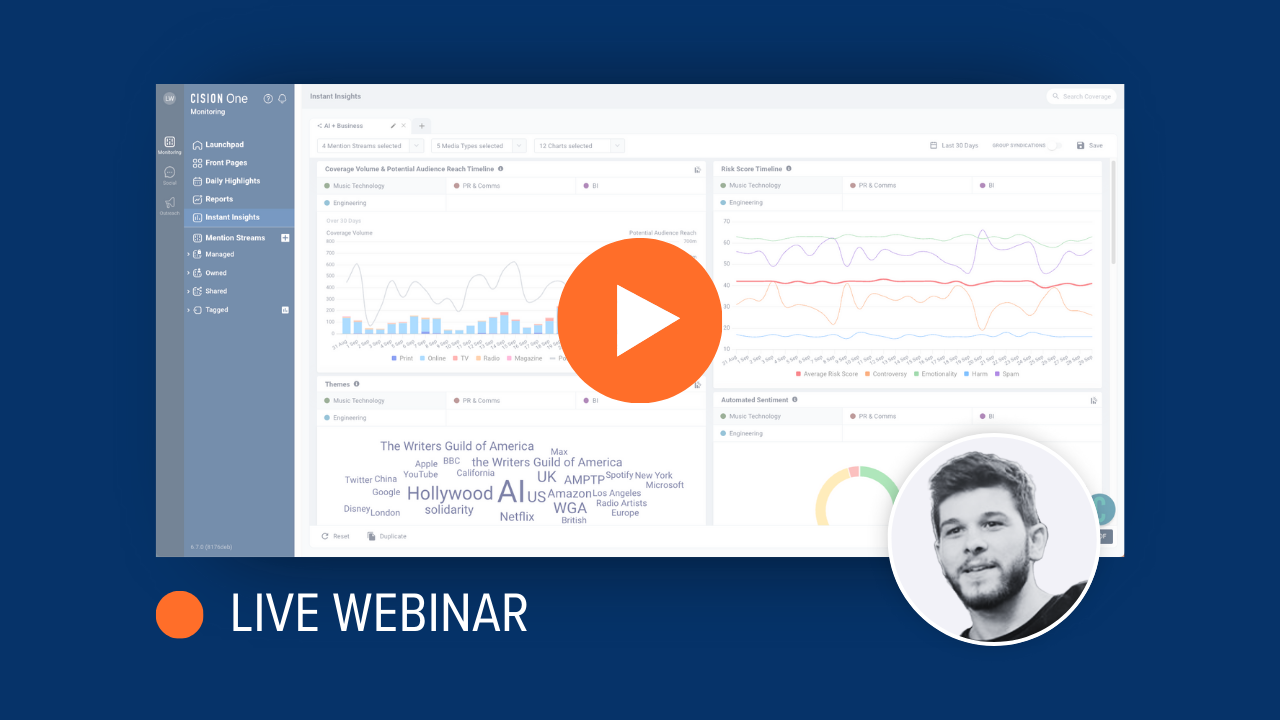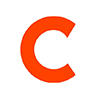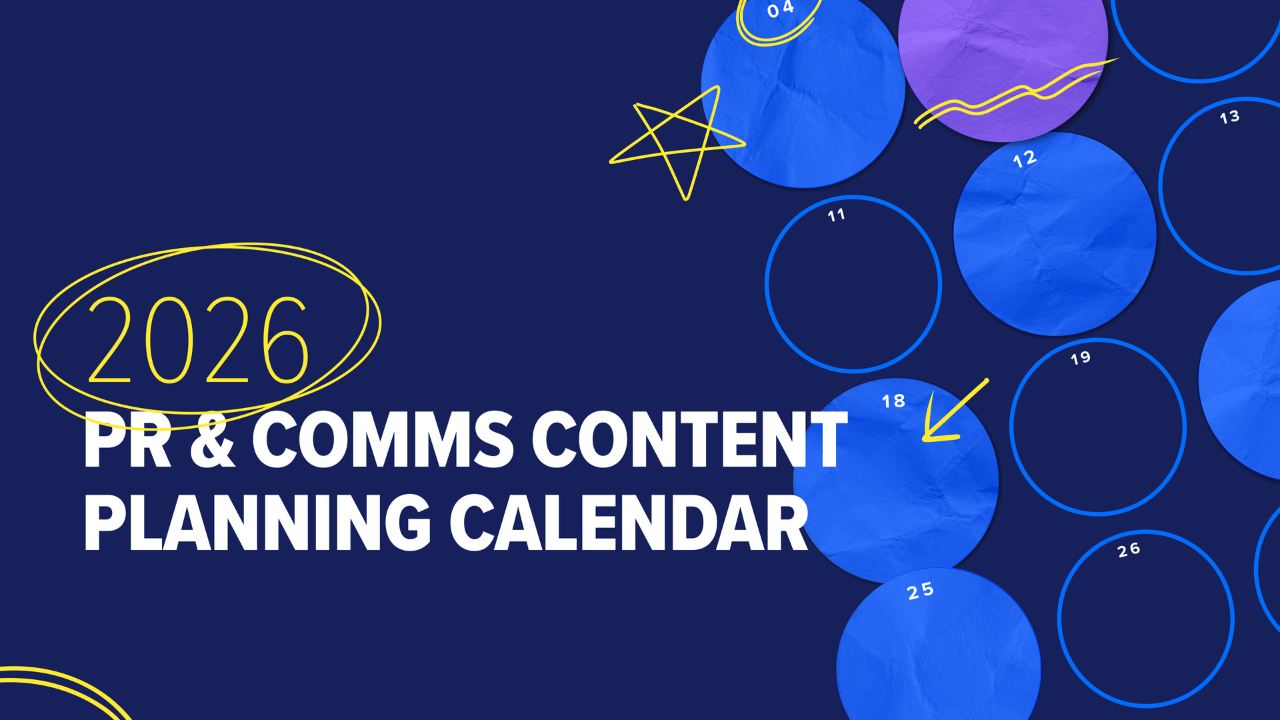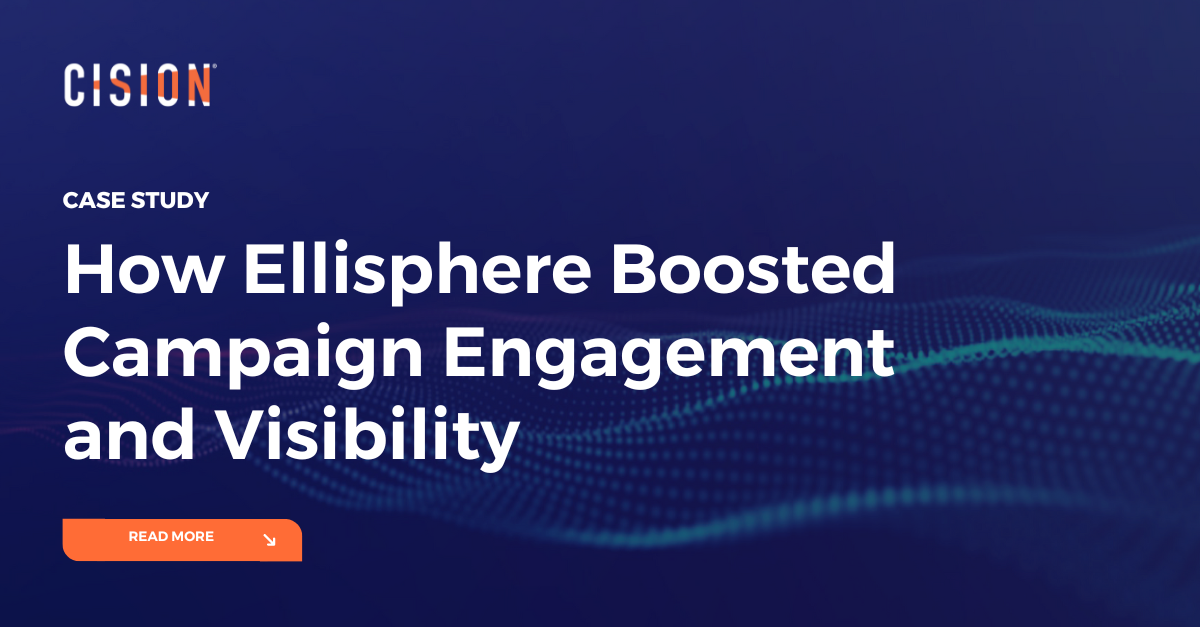Public affairs professionals have long relied on traditional media outreach to drive coverage of key agency initiatives, policies, and announcements.
But with so many agencies competing for journalists’ attention in a media landscape that is continuously downsizing, relying solely on earned media (that may never materialize) is no longer sufficient to ensure your message reaches the right audiences at the right time to drive engagement. So what is the solution?
The answer lies in a multi-channel, multi-engagement approach – integrating earned, owned, shared, and paid media channels to amplify your message.
By executing a coordinated push and collaborating with various teams, public affairs professionals can ensure greater reach, engagement, and impact for their announcements.
The Multi-Engagement Approach for Public Affairs
To maximize engagement and ensure your messages land effectively, we recommend a multi-channel strategy that amplifies messaging across owned media, earned media, and social media.
1. Earned Media: Gain Coverage with Strategic Outreach
Earned media is any unpaid media attention your brand gains through sources outside your company. Audiences trust earned media over any type of media because it comes from third-party sources rather than the agency. The downside of relying solely on earned media is that it doesn’t come with any guarantees – the number of media relations, PR, and public sector professionals competing for earn media attention far outweighs the number of (ever dwindling) journalists, so securing earned media coverage is increasingly difficult. Not to mention that relying on an outside source to tell your agency’s story means you have less control over the narrative.
So what are some ways to overcome these challenges? Consider these best practices:
- Tailor pitches: Customize outreach to reporters based on their beat, region, or audience focus.
- Offer subject-matter experts: Position agency leaders and specialists for interviews to provide insights beyond the press release.
- Create data-driven stories: Journalists gravitate toward numbers, trends, and impact statistics that add weight to a story.
Pro tip: A quality media database can help you identify relevant journalists based on qualifiers such as outlet, areas of interests and topics covered, and region. This makes it easier to ensure you’re reaching relevant journalists who are more likely to cover your story and help your message reach the right audiences.
2. Owned Channels: Take Control of the Narrative
Owned media is the communication channels your organization directly owns and controls. It includes your website, blog, social media pages, email, and mobile apps. The biggest benefit of owned media is that it enables you to control the narrative about your organization – on owned channels, you have complete control over the content and tone, so you can present a consistent brand identity and messaging. It also facilitates open, direct lines of communication with audiences and stakeholders.
The challenge of owned media is that it can be time-intensive, requiring continuous content creation and maintenance to ensure timely messaging. It also is often reliant on other media channels to drive audiences to owned channels (thus, the multi-channel approach).
Here are some tactics you can use maximize and publicize your owned media channels to strengthen your brand narrative and drive audience engagement:
- Agency website & newsroom: Publish press releases, fact sheets, infographics, and FAQs that provide context beyond the news headline.
- Email newsletters: Deliver announcements directly to stakeholders, policymakers, and community members.
- Blog posts or explainers: Translate complex policy language into accessible, citizen-friendly formats.
Remember: Owned media provides the foundation, but you control the message, tone, and timing.
3. Social Media: Amplify Messaging and Engage Audiences
Social media platforms enable direct, two-way engagement with citizens and stakeholders. To make the most of social media channels, we recommend public affairs teams:
- Use multimedia for deeper engagement: Short videos, infographics, and live Q&As tend to gain more traction than text-only posts.
- Engage, don’t just broadcast: Respond to questions, highlight public feedback, and share community voices to build trust.
- Leverage influencers and partners: Partner with other government agencies, community organizations, or trusted local leaders to extend reach.
Social channels are particularly effective for real-time updates during events, crises, or major policy rollouts. The challenge with social media is that, like owned media, it requires continuous, dedicated upkeep. A quality social listening platform can help you manage these particular channels, while narrowing in on the conversations that are influencing – and influenced by – your narrative.
4. Paid Media: Targeting for Precision and Scale
“Doing more with less” is often the name of the game in the public sector, but if you can find money in the budget, paid media is another tool in your arsenal to help ensure your message reaches the right audience.
Like owned media, paid media gives you control of the narrative, with the added benefit that you can target specific audiences to ensure your message reaches the right people. You’re also guaranteed placement, you can scale your reach based on budget, and you are likely to see results quickly.
Of course, paid media doesn’t come with a 100% guarantee that it will generate the results you want, but you can also scale your reach and experiment with various types of paid media to find the channel that works best for your goals. Consider the following:
- Sponsored social ads: Target citizens in specific regions or demographics with key updates.
- Search ads: Ensure critical announcements surface in response to relevant queries.
- Native content partnerships: Collaborate with local news outlets to promote agency initiatives in a format that blends with their editorial content.
While budgets may be limited, even modest paid investments can significantly amplify visibility of priority initiatives.
Coordinating Efforts for Maximum Impact
The true power of a multi-touch approach comes from coordination and collaboration across various teams and departments. That's why we recommend the following best practices when creating your multi-touch approach to public affairs:
- Develop an integrated communications calendar so that earned, owned, social, and paid efforts reinforce one another.
- Align with internal stakeholders (policy, legal, operations) to ensure alignment and consistent messaging.
- Measure what matters: Track engagement metrics across channels – website visits, media mentions, social shares, and community feedback – to understand reach and impact. (Pro tip: Media monitoring and social listening tools provide visibility into where your message is resonating, how it’s being covered, and who’s engaging with it. Use the insights gleaned to understand if and where you can adjust messaging or lean in further.)
What Does a Multi-Channel Approach Look Like in Practice?
Now you know the benefits and approaches for leveraging each of these channels independently, but what does an integrated approach look in real life? Consider the following example:
Imagine your agency is launching a new workforce development initiative. A multi-touch strategy might look like this:
- Publish a press release on your agency’s newsroom and distribute it to reporters (earned).
- Share a video explainer and infographic on social channels, tagging partner organizations (shared).
- Send a newsletter to local officials, employers, and citizens outlining program benefits (owned).
- Run geo-targeted social ads highlighting eligibility requirements and program deadlines (paid).
Each channel works in tandem, ensuring the message reaches broad audiences while targeting those most impacted.
The Power of an Integrated Public Affairs Strategy
Each of the tactics mentioned above work independently but they are most powerful when used together. By integrating owned, earned, social and paid strategies into a coordinated, multi-engagement approach, agencies can cut through the noise, build trust, and ensure critical messages reach the audiences who need them most.
Ready to put these ideas into practice?
Find out how Cision’s public affairs solutions can help you implement these strategies and maximize your public affairs impact. Speak to an expert today.
Most Recent Posts
Cision Resources
-
E-books and Guides
Comprehensive how-to guides on strategy and tactics
-
Case Studies
What are other brands doing – and how can we learn from them?
About Guest Contributor
We welcome opinion content and other article submissions from the earned media community. If you are interested in submitting a piece for the Cision website, please email prnews@cision.com.
Learn More. Do More. demo new
PR Tips, Case Studies, and Product Updates

[On-Demand Webinar] The Next Generation of Media Intelligence: From Gorkana to CisionOne
Explore CisionOne, a revolutionary media intelligence platform, and the evolution of Gorkana. Learn key features and strategies from Luke Williams, CisionOne Product Marketing Manager. Elevate your media outreach to new heights!


